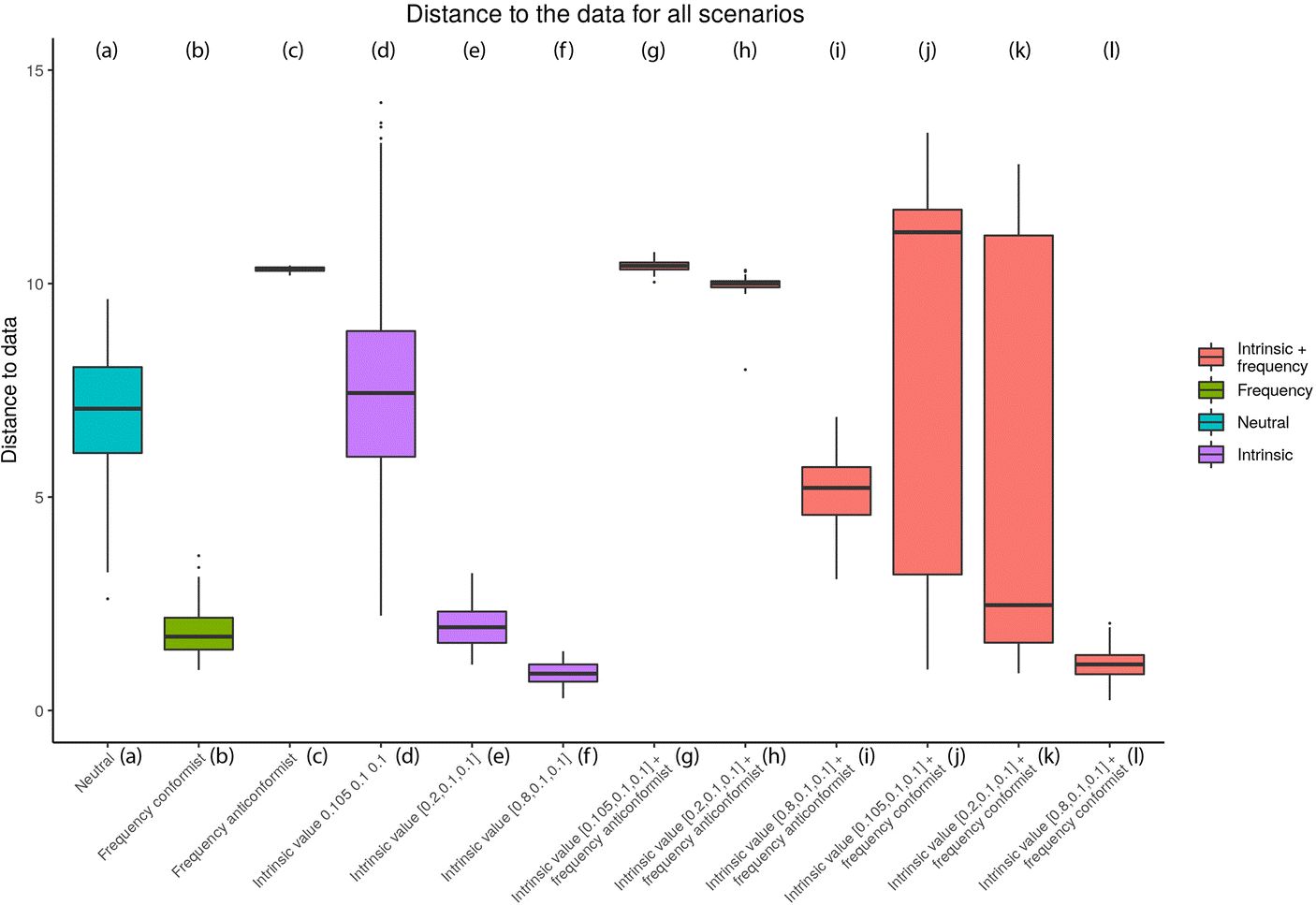A Study of the Centuries-Long Reliance on Local Ceramics in Jerash Through Full Quantification and Simulation
New publication by Iza Romanowska, Tom Brughmans, Philip Bes, Simon Carrignon, Line Egelund, Achim Lichtenberger and Rubina Raja.

Romanowska, I., Brughmans, T., Bes, P., Carrignon, S., Egelund, L., Lichtenberger, A. and Raja, R. (2021). "A study of the centuries-long reliance on local ceramics in Jerash through full quantification and simulation", Journal of Archaeological Method and Theory 44. DOI: https://doi.org/10.1007/s10816-021-09510-0.
Why are there so many locally produced ceramics in Jerash, and so few regional and imported ones? This new publication quantitatively analyses the more than half a million sherds that were recorded by the Danish-German Jerash Northwest Quarter Project, and discusses different answers to this question. I applies innovative simulation techniques to evaluate whether personal preference for local Jerash products might have played a role. The result? The authors show that three ways of conceptualising preference for the local product might explain the ceramic data pattern, but other theories of preference are less good explanations.
Abstract
The Danish-German Jerash Northwest Quarter Project revealed a robust and striking pattern of the extreme dominance (>99%) of locally produced ceramics over six centuries and across different depositional contexts (in total over half a million pottery sherds). The archaeology of Jerash points towards an exceptional degree of self-sufficiency in craft products: why? The project team implemented a full quantification approach during excavation, manually and digitally recording and counting all pottery and other classes of artefacts. This enabled a full analysis of trends in production and use of ceramics throughout the archaeologically documented history of Jerash and revealed the unexpected pattern of the extreme dominance of local pottery. Archaeologists formulated a set of hypotheses to explain this pattern, and we developed an agent-based model of simple customer preference driving product distribution to evaluate several explanatory factors and their potential interactions. Our simulation results reveal that preference for locally produced ceramics at Jerash might be a plausible theory, but only if its intrinsic value was considered rather high in comparison to other goods, or if it was preferred by a majority of the population, and there was a tendency to follow this majority preference (or a combination of these factors). Here, we present a complete research pipeline of a full quantification of ceramics, analysis and modelling applicable at any archaeological site. We argue that transparent methods are necessary at all stages of an archaeological project: not only for data collection, management and analysis but also in theory development and testing. By focusing on a common archaeological material and by leveraging a range of widely available computational tools, we are able to better understand local and intra-regional distribution patterns of craft products in Jerash and in the ancient eastern Mediterranean.
